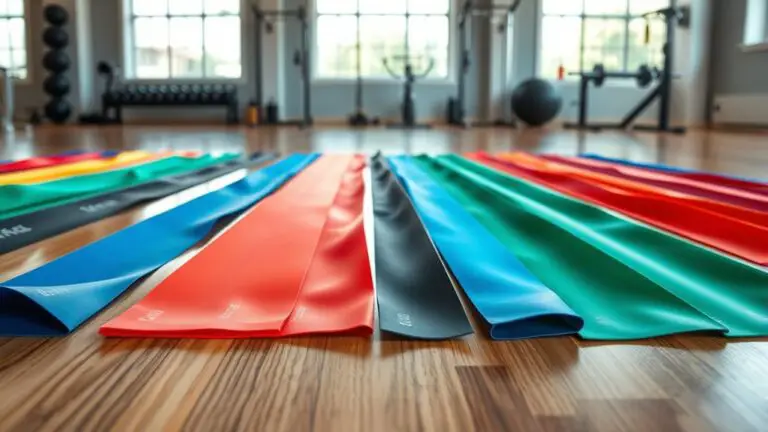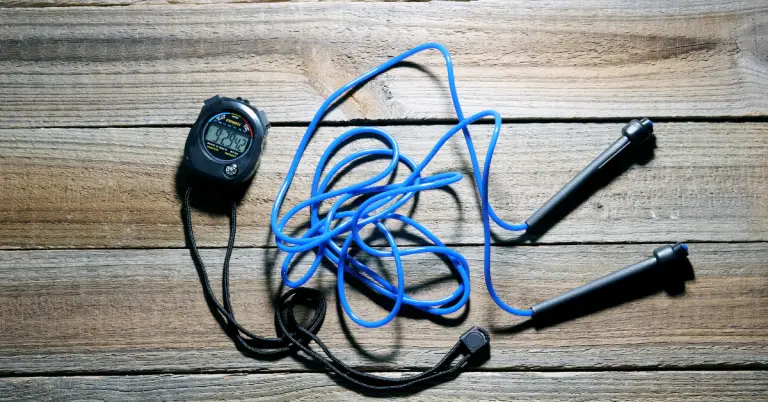Gym Gloves vs. Bare Hands: Which Is Better?
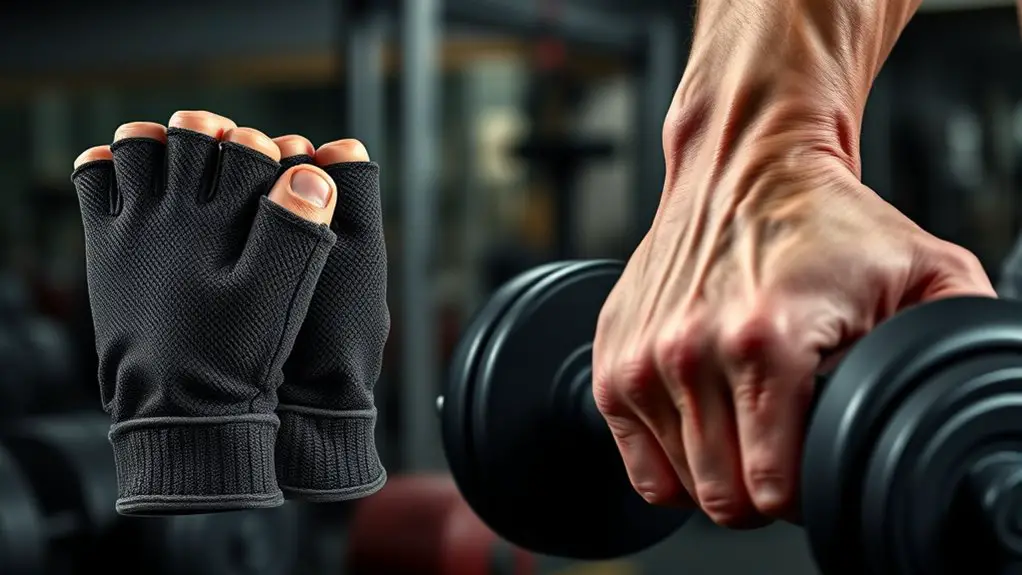
When choosing between gym gloves and lifting with bare hands, it really comes down to your personal preferences and goals. Gloves can provide comfort, grip support, and protection from cuts and calluses, making heavy lifting safer. On the other hand, bare hands enhance your natural connection to the weights and can improve grip strength. Weighing these factors is key for an effective workout, and there’s more to uncover about which option might suit you best.
Benefits of Using Gym Gloves
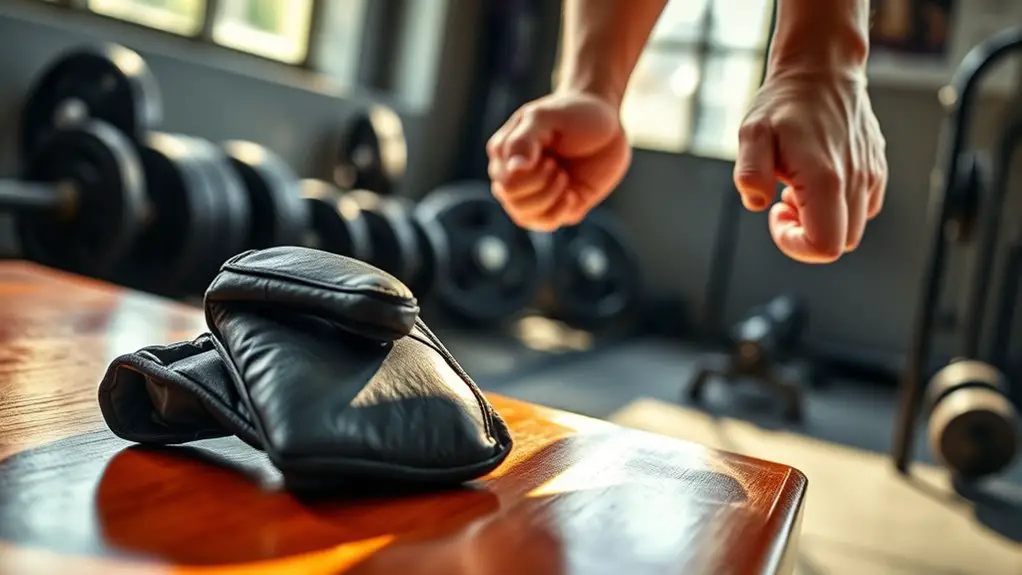
While some lifters swear by going bare-handed, using gym gloves can greatly enhance your workout experience. First and foremost, they provide excellent grip support, allowing you to lift heavier weights with confidence. You won’t have to worry about your hands slipping, which can lead to accidents or injuries.
Gym gloves also offer essential hand protection, shielding your palms from cuts, blisters, and calluses. This means you can focus on your workout instead of nursing sore hands afterward. Plus, they help absorb sweat, keeping your grip firm and your hands dry throughout your session.
Advantages of Lifting With Bare Hands
Lifting with bare hands can provide a more natural connection to the weights, allowing you to feel the resistance more acutely. This direct contact can enhance your grip strength, helping you develop better control over your lifts. By engaging more muscles in your hands and forearms, you’re likely to improve overall performance and stability during workouts.
Additionally, working out without gloves can promote skin protection through natural callousing. While some may worry about blisters or abrasions, your skin can adapt over time, forming tougher areas that provide added protection against minor injuries. This can be especially beneficial for heavy lifts, where a solid grip is essential for safety.
Moreover, lifting without gloves allows for better moisture management, reducing the likelihood of slippage. Ultimately, connecting with the weights can lead to a more effective and focused workout experience.
Disadvantages of Gym Gloves
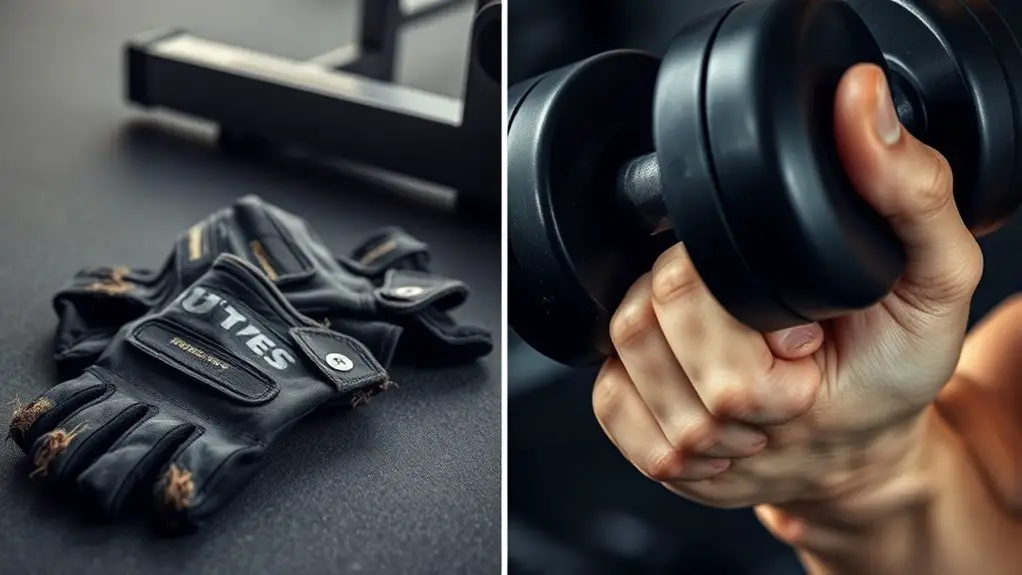
Although gym gloves can offer some protection and comfort, they come with several disadvantages that might hinder your performance. One major issue is sweat absorption; gloves can trap moisture, making your hands slippery and less secure. This can lead to a compromised grip during heavy lifts, which is essential for safety. Instead of grip enhancement, gloves may create a false sense of security, causing you to rely on them rather than developing your natural grip strength.
Moreover, wearing gloves can decrease your tactile feedback, making it harder to feel the weight and adjust your technique accordingly. This lack of connection with the equipment can lead to improper form and increased risk of injury. Finally, gloves can wear out quickly, forcing you to replace them regularly, adding to your expenses. In the end, these disadvantages might outweigh the benefits, especially if safety and performance are your primary concerns.
Downsides of Training Without Gloves
Training without gloves has its own set of challenges that can affect your workout experience. You might find that your grip strength suffers, especially during heavy lifts. Without gloves, your hands are more susceptible to skin damage, including calluses and blisters. This can lead to discomfort and even limit your ability to perform exercises effectively.
Here’s a quick overview of some downsides:
| Issue | Impact | Solution |
|---|---|---|
| Skin Damage | Calluses, blisters | Use gloves or chalk |
| Grip Strength | Less stability | Focus on grip exercises |
| Discomfort | Pain during workouts | Moisturize hands |
In essence, training bare-handed may feel natural, but the risk of injury and discomfort can hinder your progress. Prioritizing safety should always be your top concern when working out.
Making the Right Choice for Your Workout

How do you decide whether to wear gloves or go bare-handed during your workouts? It really comes down to your personal preferences and goals. If you prioritize workout comfort and want to protect your hands from calluses and injuries, gloves could be the way to go. They provide extra padding and can enhance your grip strength, especially during heavy lifts. On the other hand, going bare-handed might help you feel more connected to the equipment, improving your grip strength through direct contact.
Consider the type of workout you’re doing. If you’re lifting heavy weights or performing high-rep sets, gloves can offer additional support and prevent slippage. However, if you’re doing functional training or bodyweight exercises, bare hands might suffice. Ultimately, it’s about balancing comfort, safety, and performance to find what works best for you. Choose wisely to guarantee a safe and effective workout experience.
Frequently Asked Questions
Do Gym Gloves Affect Grip Strength Over Time?
Do gym gloves affect your grip strength over time? Yes, they can influence grip durability and hand sensitivity. While gloves may provide protection and comfort, relying on them too much might limit your hands’ natural strength development. If you always wear gloves, you might not build the same level of grip strength you would with bare hands. Balancing between the two can help you maintain safety while enhancing your overall grip capabilities.
Can Gym Gloves Help Prevent Calluses?
Yes, gym gloves can definitely help with callus prevention and provide hand protection. When you’re lifting weights or using equipment, the friction can lead to tough skin patches. By wearing gloves, you’re creating a barrier that reduces this friction, which helps keep your hands smooth. If you’re concerned about comfort and safety while working out, investing in a good pair of gloves can be a smart choice for maintaining your skin’s health.
Are There Specific Exercises That Require Gloves?
When it comes to keeping your hands cozy during workouts, you might wonder if certain exercises call for a little extra cushioning. While not strictly necessary, weightlifting techniques like deadlifts or heavy rows can benefit from gloves, enhancing your grip and exercise safety. They shield your palms from wear and tear, helping you focus on form rather than discomfort. So, if you’re lifting heavy, a pair of gloves could be your new best friend!
How Often Should I Replace My Gym Gloves?
You should replace your gym gloves regularly to guarantee safety and hygiene. Typically, every 6 to 12 months is a good rule of thumb, depending on glove durability and how much you sweat. If you notice signs of wear or reduced sweat absorption, it’s time for a new pair. Worn-out gloves can compromise your grip and increase the risk of injury, so keep your hands protected and perform at your best.
Can I Use Gloves for Outdoor Workouts?
Yes, you can definitely use gloves for outdoor workouts! They can enhance grip comfort, especially in wet or slippery conditions. When you’re lifting weights, doing push-ups, or even rock climbing outside, gloves can protect your hands from abrasions and provide better traction. Just make sure they’re breathable to keep your hands cool. Prioritizing safety is key, so don’t hesitate to wear gloves if you feel they’ll help you perform more effectively outdoors.



